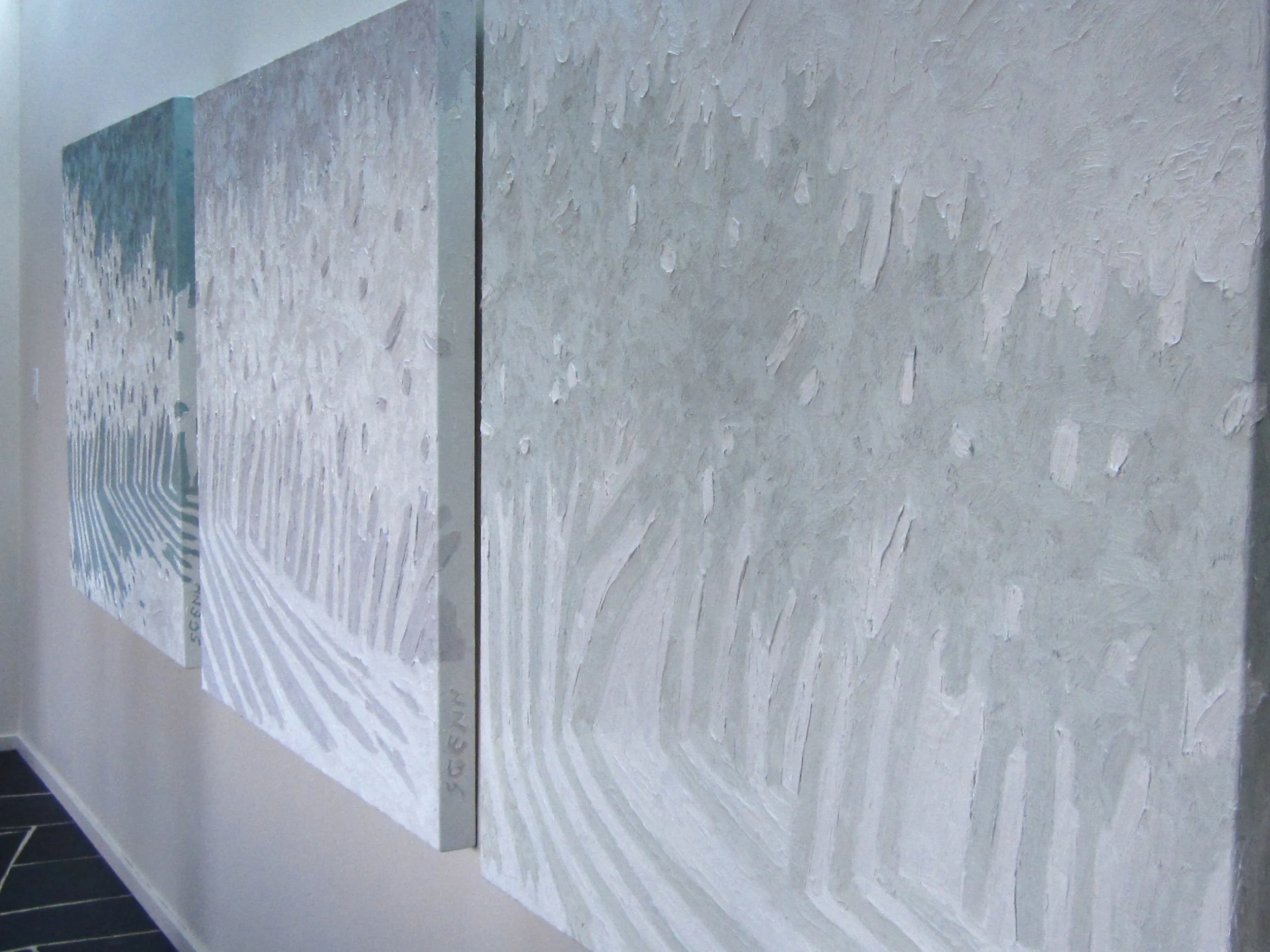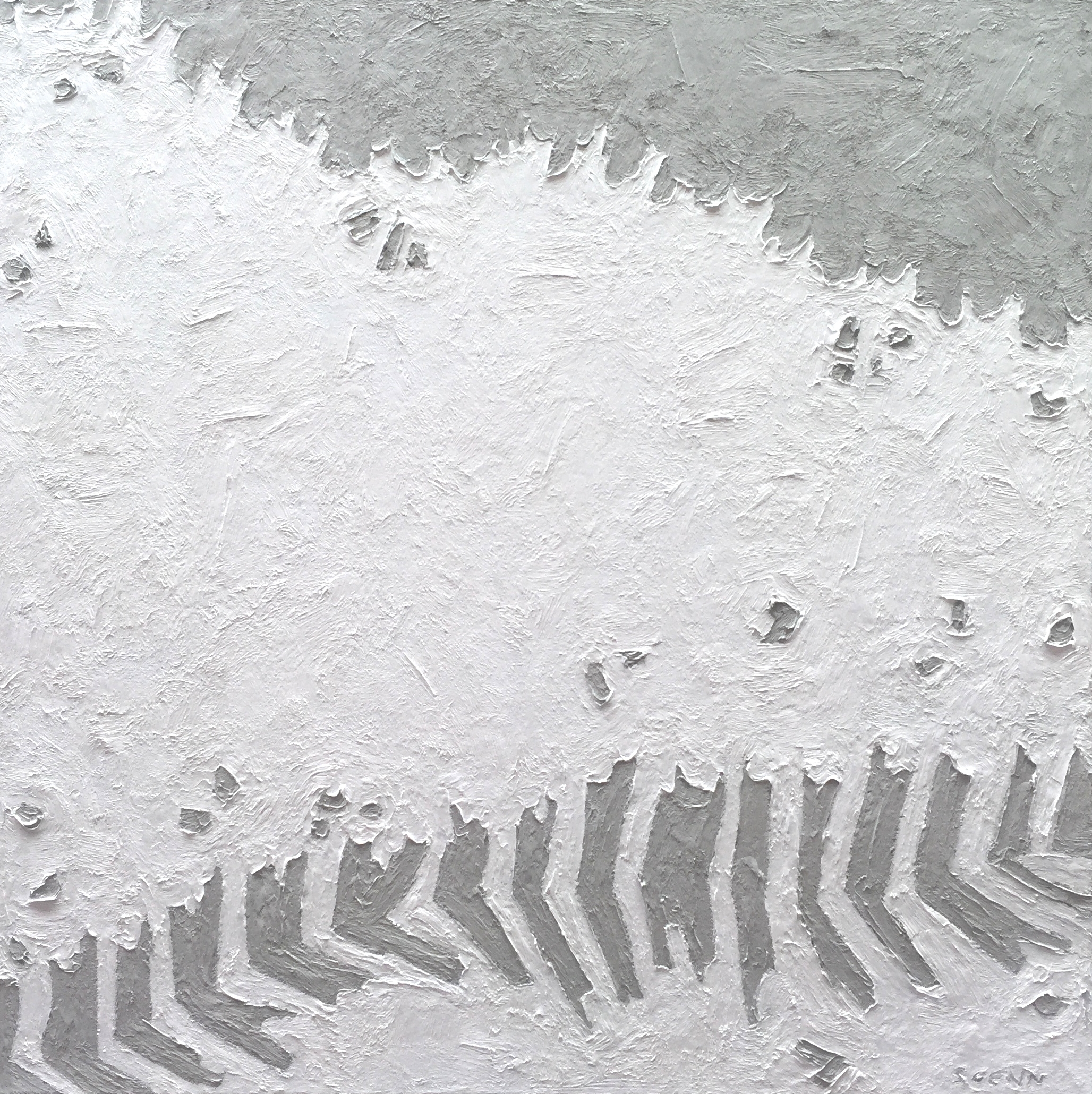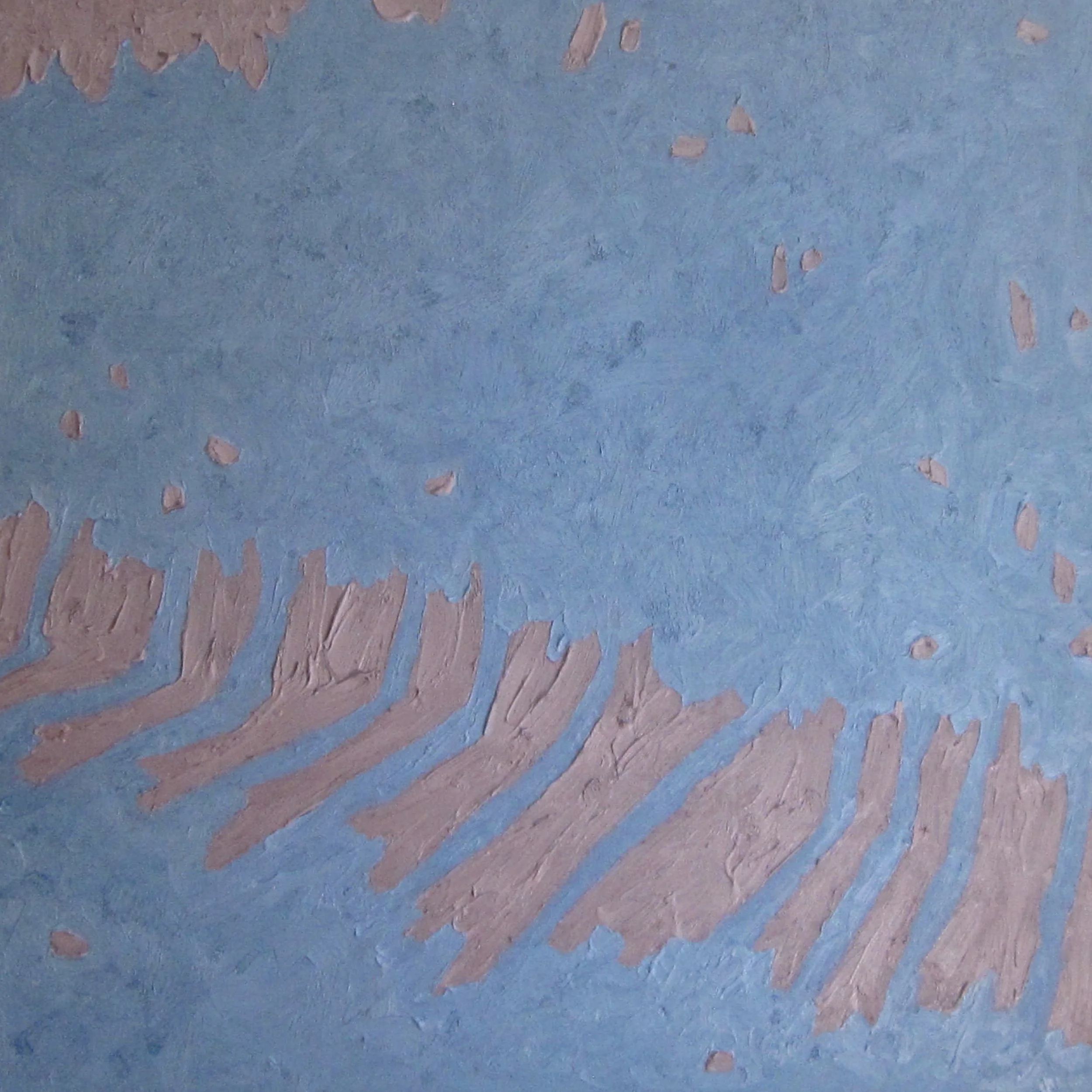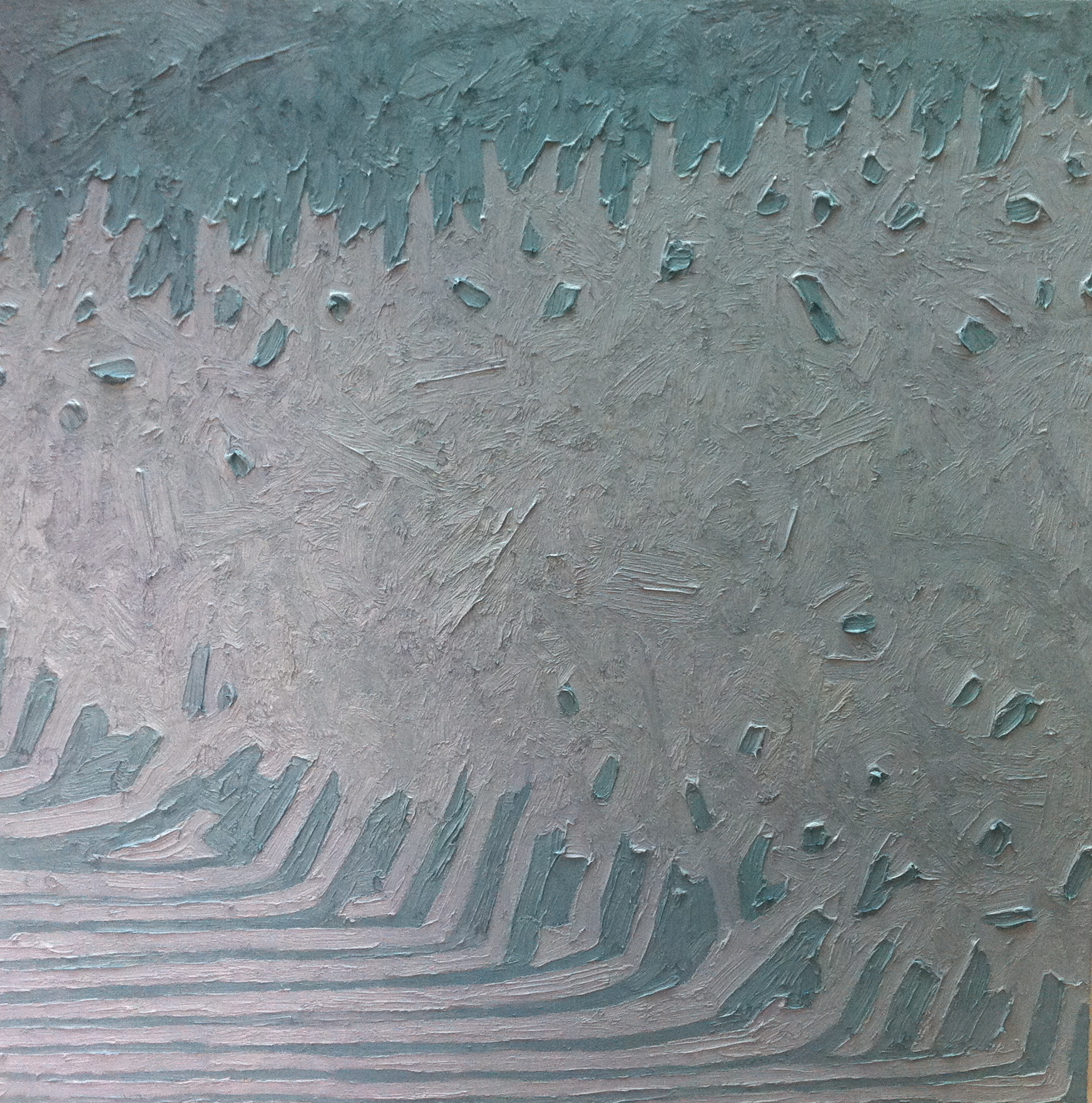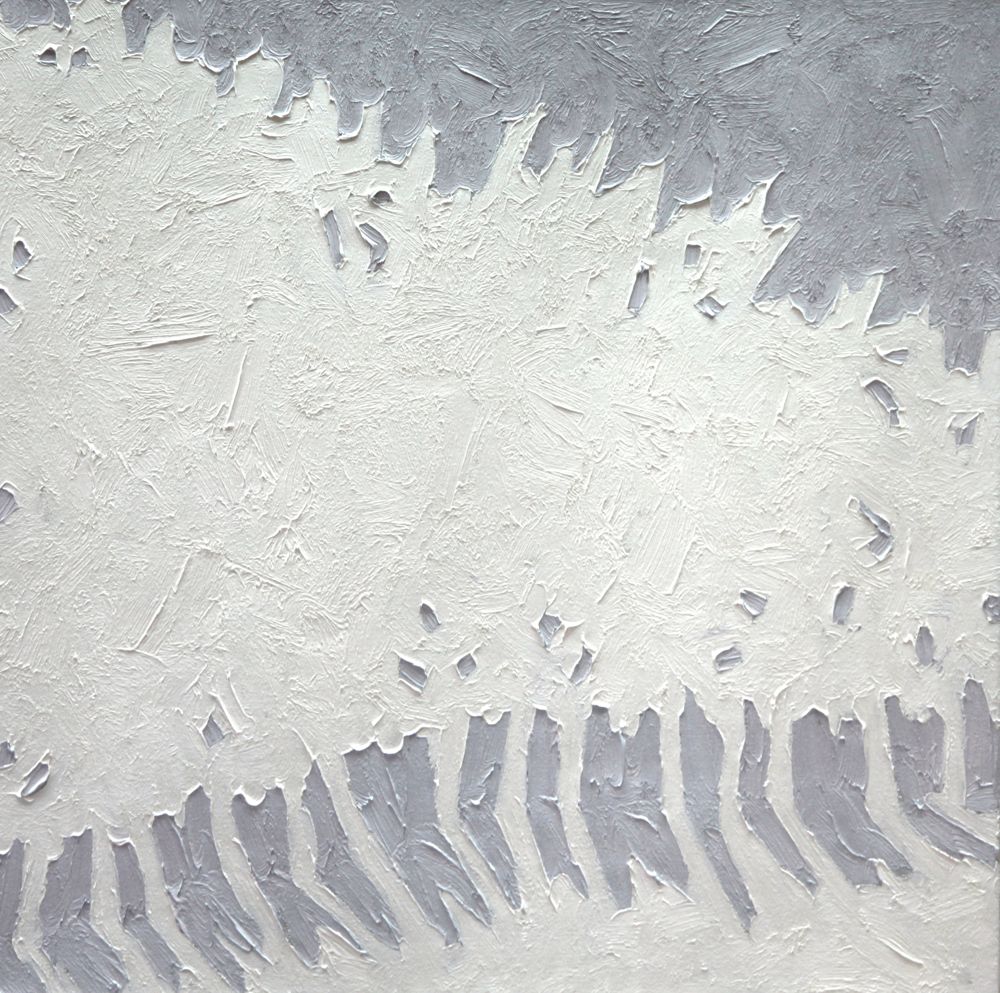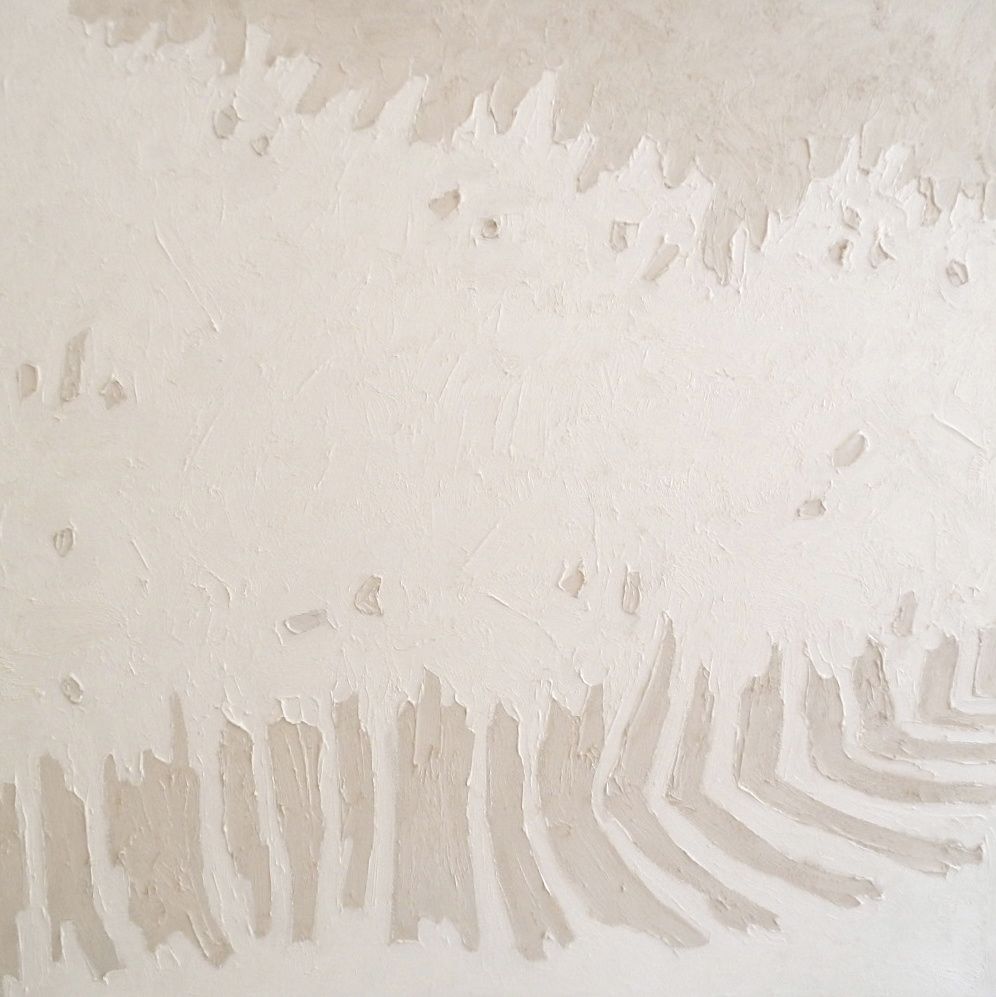SIXTY DAYS OF LIGHT
In the summer of 2008 I swapped my studio in New York with an American writer who has been living in Italy for nine years. Lucca is a jewel, surrounded by the most preserved Renaissance walls in Europe. The walls are crowned with Plane trees, and because they make an ellipse around the former Roman colony, they see every shadow and each moment of light and darkness under Tuscany's big dome. Included in my swap was a bicycle names Rilke. Rilke made a perfect thinking, idea gathering, getaway accomplice and painting partner. I stacked square linen boards into the panier, along with the Italian acrylics, and set out in the evening for the delicious hours of dappling and blinding light and cloud and sky pockets.
The paintings served as studies when I returned to New York in the Fall. For the larger-scale colourfields, the palette was quieted, I switched to oil and amped up the brushwork, letting it take over for light raking, soaking and saturation. The paintings read as almost all white, because riding a bicycle into sunlight blasting from low in the sky blows out the iris and flips all those contrasts.
"The shadow is roughly equivalent to the whole of the unconscious... In spite of its function as a reservoir for human darkness - or perhaps because of this - the shadow is the seat of creativity." (Carl Jung)
Canadian Group of Seven painter Lawren Harris turned his canvas upside-down to "cut in" a sky. "The sky is the principal actor," said John Constable. Reducing themes to their essential mystery is a way of refocussing on that which may have initially been buried. "The thought of today cannot be expressed in the language of yesterday." (Lawren Harris)
